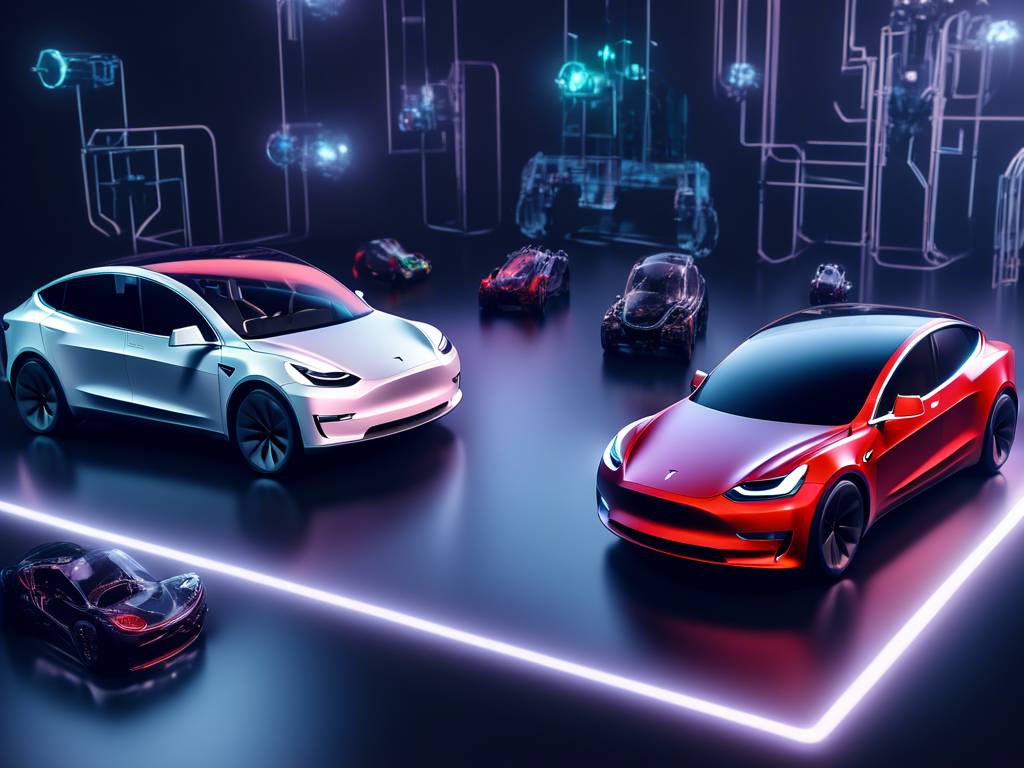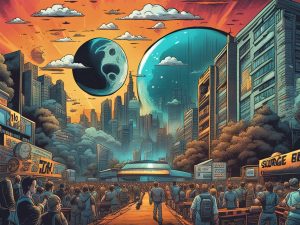Tesla’s Full Self-Driving: A Controversial Gamechanger
Tesla’s full self-driving (FSD) technology has been hailed as a watershed moment in the race towards autonomous driving. However, it remains one of the most controversial elements of Elon Musk’s Tesla strategy. Despite its name, full self-driving is not truly autonomous. Whether you love it or hate it, FSD is now in the wild, offering a free trial to millions of US drivers and potentially reshaping the competition for fully autonomous vehicles.
Understanding Tesla’s FSD Technology
- Tesla’s FSD, or full self-driving supervised, is a driver assistance feature.
- Users can set a destination, and the car will attempt to drive most of the way there, including city streets and highways.
- However, FSD requires a fully attentive driver who is ready to take immediate control at all times.
Regulators have raised concerns about Tesla’s use of the term “full self-driving” to market its vehicles, pointing out that the technology does not enable fully autonomous operation as implied. The California DMV and the National Highway Traffic Safety Administration have launched investigations into Tesla’s autopilot system, leading to a recall of two million vehicles in December 2022.
The Realities of Autonomous Driving
- Tesla’s technology is considered partial automation, requiring constant supervision from the driver.
- Other automakers like General Motors, BMW, and Audi offer similar driver assistance features with level two automation.
The Future of Autonomous Driving
- Level three technology allows hands-off driving in specific conditions, with Mercedes leading the way in this area.
- Companies like Google’s Waymo and GM’s Cruise have achieved level four automation, where cars can operate without human intervention.
Despite facing regulatory challenges and criticisms, Tesla’s FSD technology has generated significant excitement on Wall Street and among tech insiders. The key to Tesla’s approach lies in its unique data-gathering process, primarily based on a vision-centric approach using neural networks and real-time image analysis from onboard cameras.
The Data Dilemma
- Tesla’s vision-centric approach contrasts with the LiDAR-based systems used by competitors like Waymo and Mercedes.
- Elon Musk argues against LiDAR, citing its cost and weight as significant drawbacks.
Tesla’s vast fleet of vehicles serves as a data collection network, with data uploaded to improve the neural network algorithms powering its FSD system. By leveraging this network and offering a one-month free trial, Tesla aims to enhance its data quality and refine its autonomous driving capabilities.
Subscription Revenue Potential
- Tesla’s FSD subscription model offers revenue potential beyond traditional vehicle sales.
- By reducing the monthly fee and encouraging subscriptions, Tesla seeks to increase its subscription revenue and overall margins.
While Tesla’s FSD technology holds promise for subscription revenue growth, critics raise concerns about the technology’s viability and value proposition. As other automakers offer similar driver assistance features as standard, Tesla’s FSD may lose its competitive edge over time.
The Road Ahead
- Elon Musk’s history of bold promises on self-driving technology raises doubts about the timeline for achieving full autonomy.
- Tesla’s FSD technology faces scrutiny from regulators and industry peers, with lingering questions about safety and reliability.
Hot Take: The Future of Full Self-Driving
As Tesla’s FSD technology continues to evolve, the industry awaits the potential unveiling of Tesla’s robotaxi service. While Elon Musk’s vision for fully autonomous driving is ambitious, challenges remain in achieving a safe and reliable self-driving system that delivers on its promises.





 By
By


 By
By
 By
By
 By
By